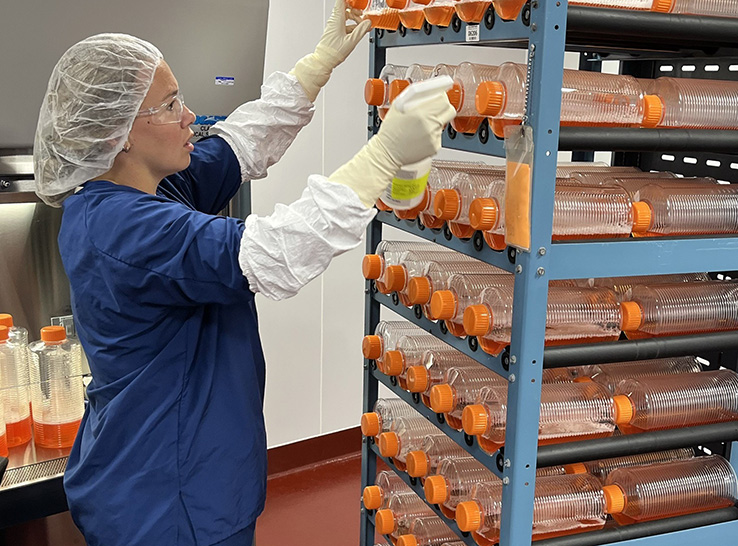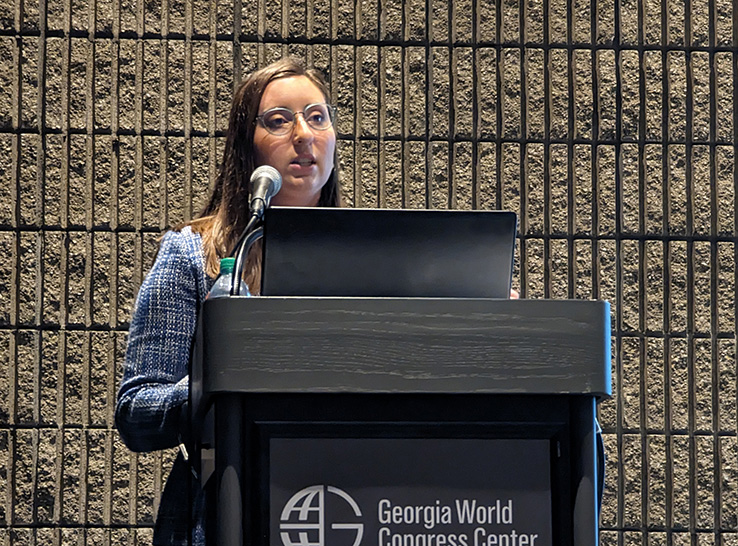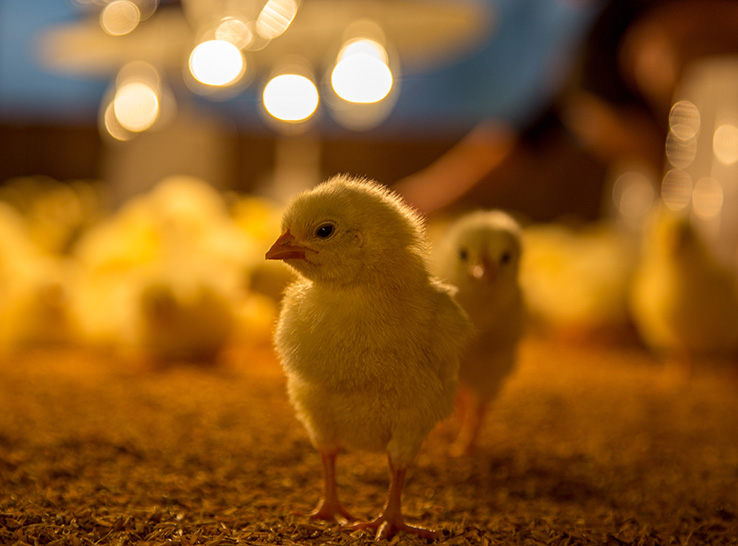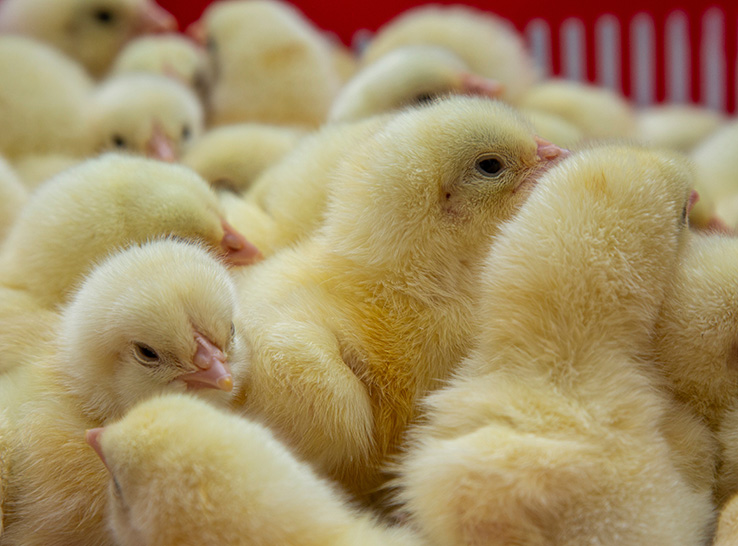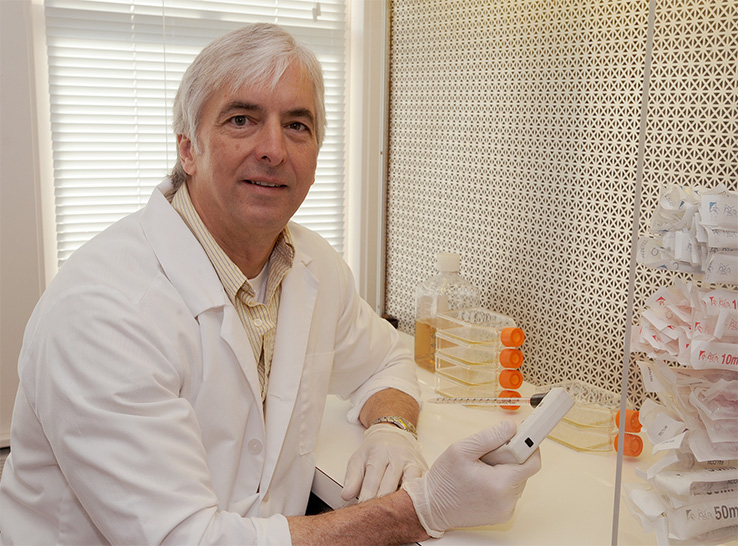Hofacre: Good gut health is key to foodborne illness control in broilers
Controlling foodborne pathogens in poultry requires nearly identical approaches whether production is conventional or antibiotic-free, according to Chuck Hofacre, DVM, PhD, president of the Southern Poultry Research Group, Inc.





